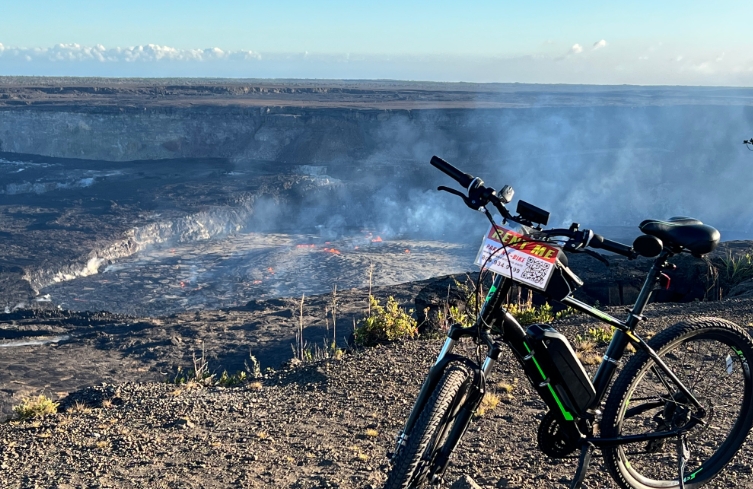The Earth is a dynamic and ever-changing planet, with one of the most explosive manifestations of this dynamism being volcanic eruptions. These powerful events can have devastating effects on surrounding environments, but they also provide valuable insights into the inner workings of the Earth.
Volcanic eruptions are not random events; they occur in cycles that are influenced by a variety of factors. By understanding these cycles, scientists can better predict when and where eruptions are likely to occur, and take steps to mitigate their impact.
One key factor that influences volcanic cycles is the movement of tectonic plates. The Earth’s crust is divided into several large plates that float on the semi-fluid mantle below. When these plates collide or slide past each other, they can create conditions that are conducive to volcanic activity.
Another important factor in volcanic cycles is the presence of magma beneath the Earth’s surface. Magma is molten rock that is generated by the heat of the Earth’s interior. As this magma rises towards the surface, it can create pressure that eventually leads to an eruption.
Monitoring volcanic activity is essential for understanding these cycles and predicting when eruptions may occur. This can be done using a variety of techniques, including seismometers to detect seismic activity, gas sensors to measure the release of gases from the volcano, and satellite imagery to track changes in the shape of the volcano.
By analyzing this data, scientists can identify patterns in volcanic activity and make more accurate predictions about when eruptions are likely to occur. This information can then be used to inform emergency response plans and help protect communities that are at risk from volcanic activity.
In conclusion, decoding the volcano cycle is a crucial task for understanding the Earth’s explosive patterns. By studying the factors that influence volcanic activity and monitoring volcanic behavior, scientists can gain valuable insights into the inner workings of the Earth and better predict when and where eruptions are likely to occur. This knowledge can help us prepare for and mitigate the impact of these powerful events, ultimately keeping communities safe from their devastating effects.

